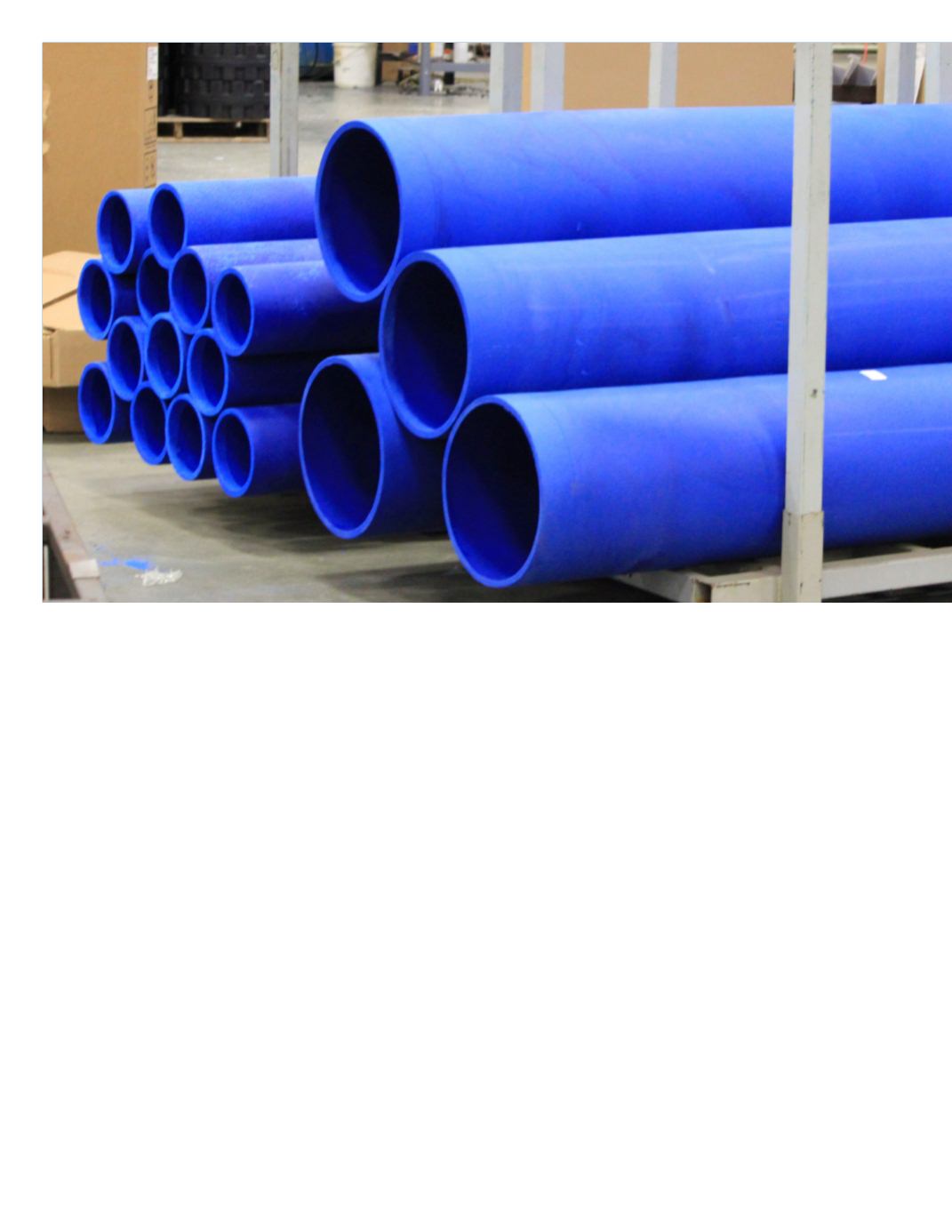
198 | Business World Magazine |
May 2013
nents, particularly those used in applications
providing a sealant necessary in the manu-
facturing of fire hydrants or applications
used in various recreational vehicles created
by Polaris Industries, Inc. Hunstad logged a
lot of miles and negotiated a lot of deals, and
to such extent, it became a challenge for his
customer service representative to keep-up
with the processing of orders. Hunstad even-
tually had to come off the road and take-up
office space to assist with fulfilling demand.
The housing market was booming. Manufac-
turers were expanding product lines. There
were so many orders coming through that
Stern Rubber Co. began having a hard time
keeping-up with the demand; therefore,
they began farming some of that work out
to other rubber companies. Through that
process, Hunstad was increasingly engaged
at an intersection between the rubber com-
ponent suppliers and the manufacturers that
required their goods.
Yet throughout this time, changes
were occurring in the industry. Manufactur-
ers increasingly sought the advantages and
efficiencies wrought from plastic injection
molding systems, or other processes not nec-
essarily congruent with Stern Rubber Co’s


